Victoria is a town in the western part of Brasov, Romania, near the Fagaras Montains. In 1939 it was bild a factory called UCEA during World War II. In the ’49 it was named „Colonia Ucea” within ’54 to VICTORIA.
Why is the reason that we think, as a team, Victoria have “sensitivities and some empathy”? Simple! Victory is a city that has her own life, a specific life that talks about the identity of the place, but we must be receptive to what messages the city sends us.
ALEXANDRA BELDIMAN:
I start to observe people and then their activities. At that moment an idea came to my mind asking myself: “What kind of life does this city have?” “What sounds does Victoria have?” … So, through my mind stroll the idea of sounds, but “what kind of sounds?” – using a sensory methodology, the urban life of this city will be completely discovered. Walking alone through the city, I began to notice common elements or less common. – Well, I made some recordings and videos too, who could pinpoint in this “alive organism” called Victoria, an authentic elements what can define the territory.
I associated the estates and the activities with various important urban areas. Basically, the sound in an area becomes the most valuable aspect, defining and outlining itself the urban space. In some cases this urban space is a public space – such as the fountain in front of The Victoria Cultures House – she mark the center-point of Victoria – or the fountains of Viroment – the Romanian chemical industry – who mark the limits of the industrial platform. The difference between the two sounds mentioned before – The Victoria Cultures House and The Viroment – Romanian chemical industryis the intensity of the sounds they generate. The sound of The Victoria Cultures House has a dynamic sound – which awakens your desire to become more active during the day and the urban space of this area make you feel welcoming in the city through readability and openness. In opposite, the sound of The Viroment – Romanian chemical industry becomes anonymous, unaware and it’s loses the intensity of the dynamics sound. As a team, we have identified only four public fountains throughout the city which only two are functionable and one is usable for the people.
Annually, Victoria have a local competition named The International Festival of Drums and Bells, organized in July at the “Holy Emperors Constantine and Elena” Church. “Toaca” is a percussion musical instrument from the class of idiophones used in Orthodox liturgy. This instrument is built from a wooden candle or sometimes a thick bent iron plate, where it is struck with one or two hammers, at the times set for prayer. In my case, I caught these sounds, not at the church as we used to hear, but in a residential area, where children used wooden- sticks and beat with them in the benches, behind the block, where they lived and played.
I caught several sounds in Victoria, different sounds like a batter- carpets made by a lady from the socialist-blocks area. With this batter- carpets the lady was shaking the dust mats.
Finally, I can talk about other kinds of sounds observable here, in Victoria –a sound by the tractor – a street song recorded one afternoon when to young guys crossed a road or the sound of the canal from the sewer- cover.
Looking at the city from this perspective – sensory methodology – I can say that Victoria impressed me in a profound way. We used this method to perceive the not imagined or supposed qualities and weaknesses of the city
JANE COOK:
As an artist and PhD researcher in contemporary drawing, Victoria gave me the opportunity to draw the unseen and unobserved.
I drew the temperature I felt as I walked the city, the aroma of cooking in the evening, snippets of conversations, the movement of the shadows, shy smiles, curious glances, residents, road signs, drain covers, native flora and fauna to name but a few. These drawings are contained within the pages of the sketchbook which accompanied me throughout the week in Victoria.
The late artist and theorist John Berger clearly and succinctly explains ‘To draw is to look, examining the structure of appearances. A drawing of a tree shows, not a tree, but a-treebeing- looked-at’. (Berger 2005).
Whilst drawing the city, I worked with fellow PhD researchers, Architect – Ogulbagt Charyyeva, Urban Planner – Alexandra Beldiman. We experienced the city using a phenomenological (sensory) methodology. By sharing our professional expertise and cultural backgrounds the outcomes were rich and diverse. We gathered important data in relation to design and progressive ideas for the city of Victoria. However, while we observed the city, Victoria contributed richly to our working partnership – by validating the importance of a collaborative working practice which spans across disciplines, cultures and countries.
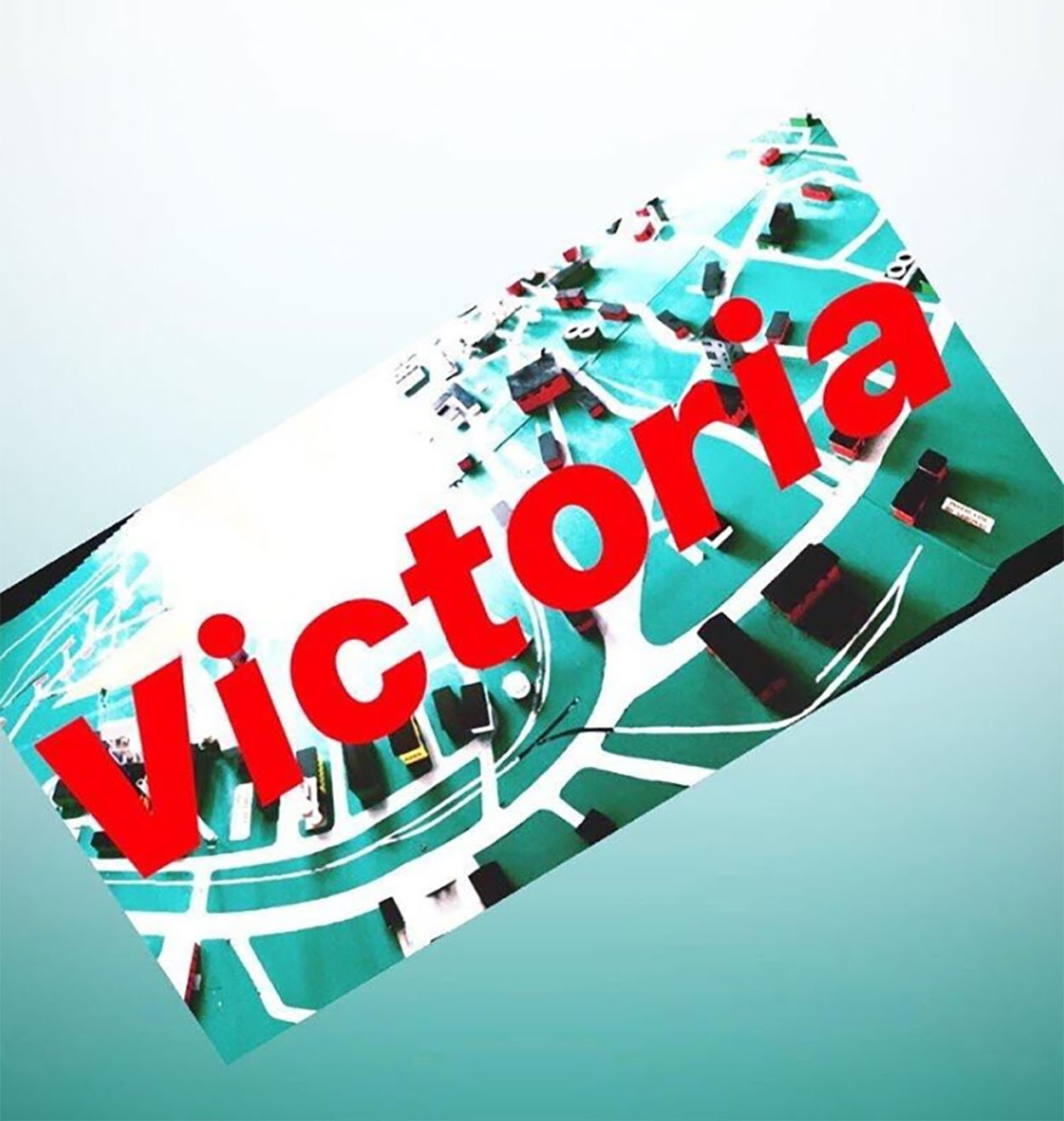
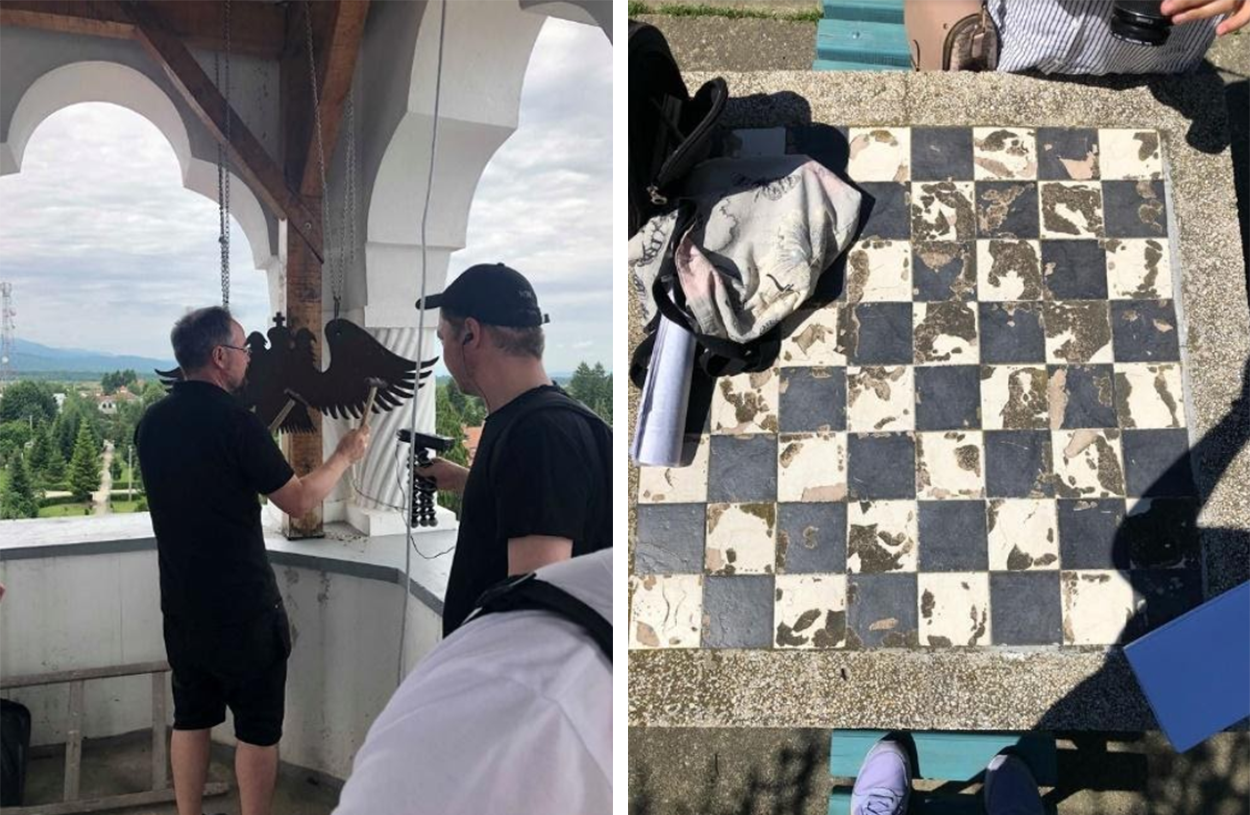
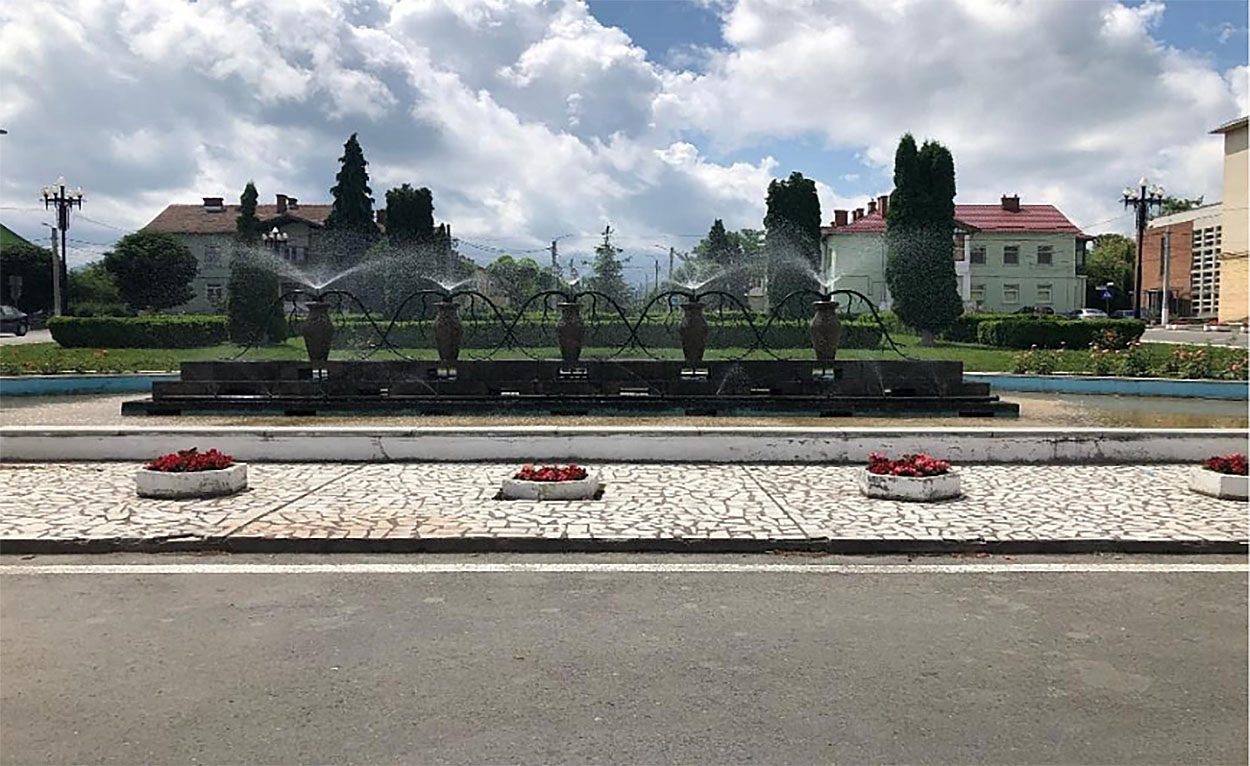
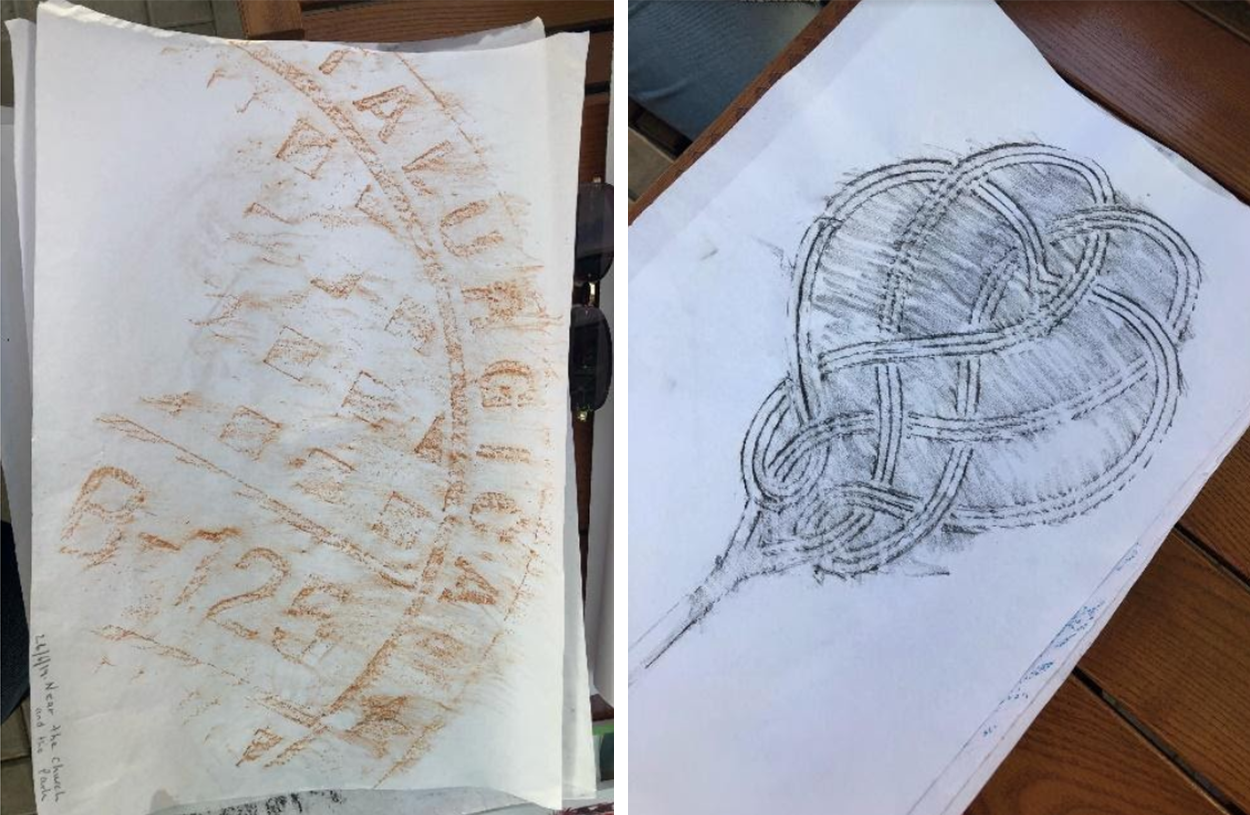

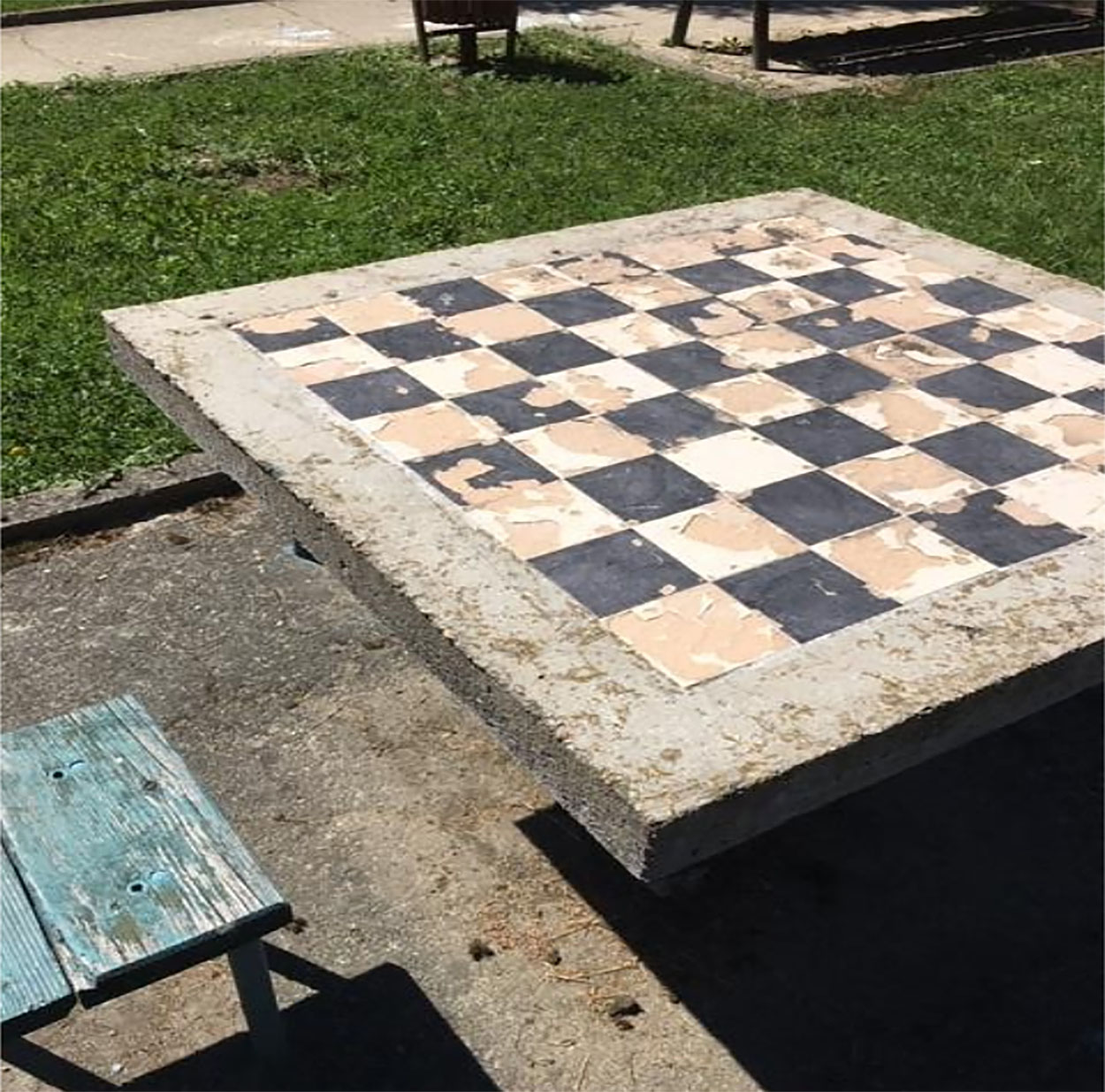
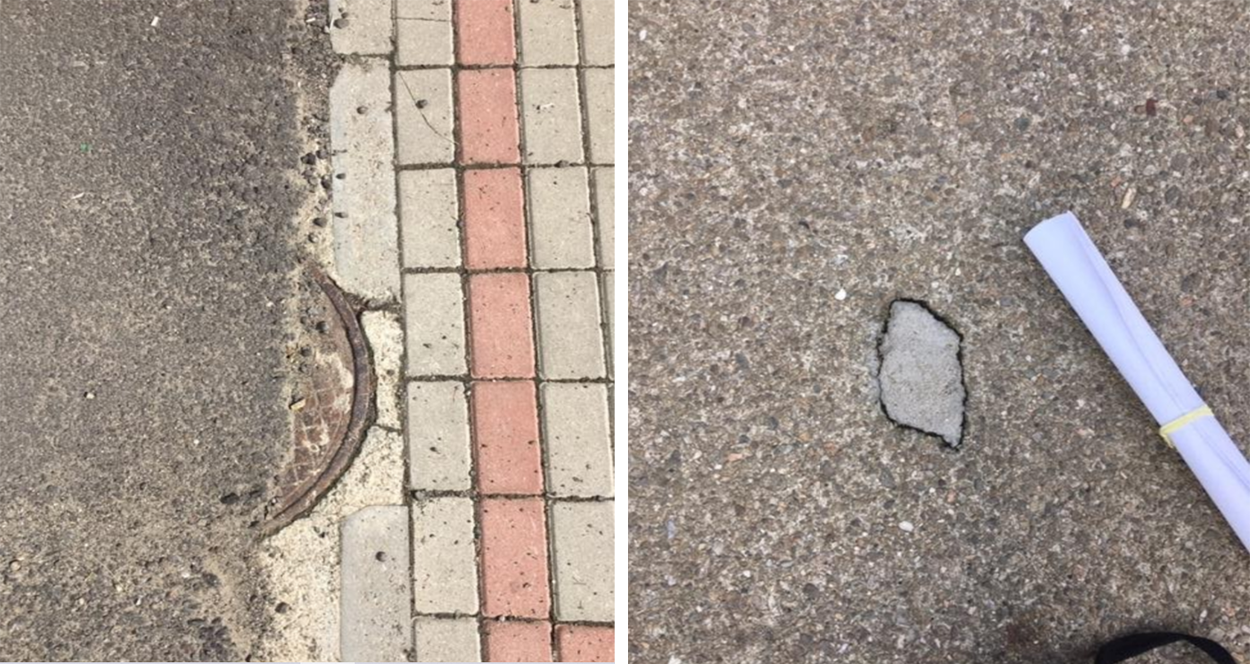
Victoria is a town in the western part of Brasov, Romania, near the Fagaras Montains. In 1939 it was bild a factory called UCEA during World War II. In the ’49 it was named „Colonia Ucea” within ’54 to VICTORIA.
Why is the reason that we think, as a team, Victoria have “sensitivities and some empathy”? Simple! Victory is a city that has her own life, a specific life that talks about the identity of the place, but we must be receptive to what messages the city sends us.
ALEXANDRA BELDIMAN:
I start to observe people and then their activities. At that moment an idea came to my mind asking myself: “What kind of life does this city have?” “What sounds does Victoria have?” … So, through my mind stroll the idea of sounds, but “what kind of sounds?” – using a sensory methodology, the urban life of this city will be completely discovered. Walking alone through the city, I began to notice common elements or less common. – Well, I made some recordings and videos too, who could pinpoint in this “alive organism” called Victoria, an authentic elements what can define the territory.
I associated the estates and the activities with various important urban areas. Basically, the sound in an area becomes the most valuable aspect, defining and outlining itself the urban space. In some cases this urban space is a public space – such as the fountain in front of The Victoria Cultures House – she mark the center-point of Victoria – or the fountains of Viroment – the Romanian chemical industry – who mark the limits of the industrial platform. The difference between the two sounds mentioned before – The Victoria Cultures House and The Viroment – Romanian chemical industryis the intensity of the sounds they generate. The sound of The Victoria Cultures House has a dynamic sound – which awakens your desire to become more active during the day and the urban space of this area make you feel welcoming in the city through readability and openness. In opposite, the sound of The Viroment – Romanian chemical industry becomes anonymous, unaware and it’s loses the intensity of the dynamics sound. As a team, we have identified only four public fountains throughout the city which only two are functionable and one is usable for the people.
Annually, Victoria have a local competition named The International Festival of Drums and Bells, organized in July at the “Holy Emperors Constantine and Elena” Church. “Toaca” is a percussion musical instrument from the class of idiophones used in Orthodox liturgy. This instrument is built from a wooden candle or sometimes a thick bent iron plate, where it is struck with one or two hammers, at the times set for prayer. In my case, I caught these sounds, not at the church as we used to hear, but in a residential area, where children used wooden- sticks and beat with them in the benches, behind the block, where they lived and played.
I caught several sounds in Victoria, different sounds like a batter- carpets made by a lady from the socialist-blocks area. With this batter- carpets the lady was shaking the dust mats.
Finally, I can talk about other kinds of sounds observable here, in Victoria –a sound by the tractor – a street song recorded one afternoon when to young guys crossed a road or the sound of the canal from the sewer- cover.
Looking at the city from this perspective – sensory methodology – I can say that Victoria impressed me in a profound way. We used this method to perceive the not imagined or supposed qualities and weaknesses of the city
JANE COOK:
As an artist and PhD researcher in contemporary drawing, Victoria gave me the opportunity to draw the unseen and unobserved.
I drew the temperature I felt as I walked the city, the aroma of cooking in the evening, snippets of conversations, the movement of the shadows, shy smiles, curious glances, residents, road signs, drain covers, native flora and fauna to name but a few. These drawings are contained within the pages of the sketchbook which accompanied me throughout the week in Victoria.
The late artist and theorist John Berger clearly and succinctly explains ‘To draw is to look, examining the structure of appearances. A drawing of a tree shows, not a tree, but a-treebeing- looked-at’. (Berger 2005).
Whilst drawing the city, I worked with fellow PhD researchers, Architect – Ogulbagt Charyyeva, Urban Planner – Alexandra Beldiman. We experienced the city using a phenomenological (sensory) methodology. By sharing our professional expertise and cultural backgrounds the outcomes were rich and diverse. We gathered important data in relation to design and progressive ideas for the city of Victoria. However, while we observed the city, Victoria contributed richly to our working partnership – by validating the importance of a collaborative working practice which spans across disciplines, cultures and countries.
